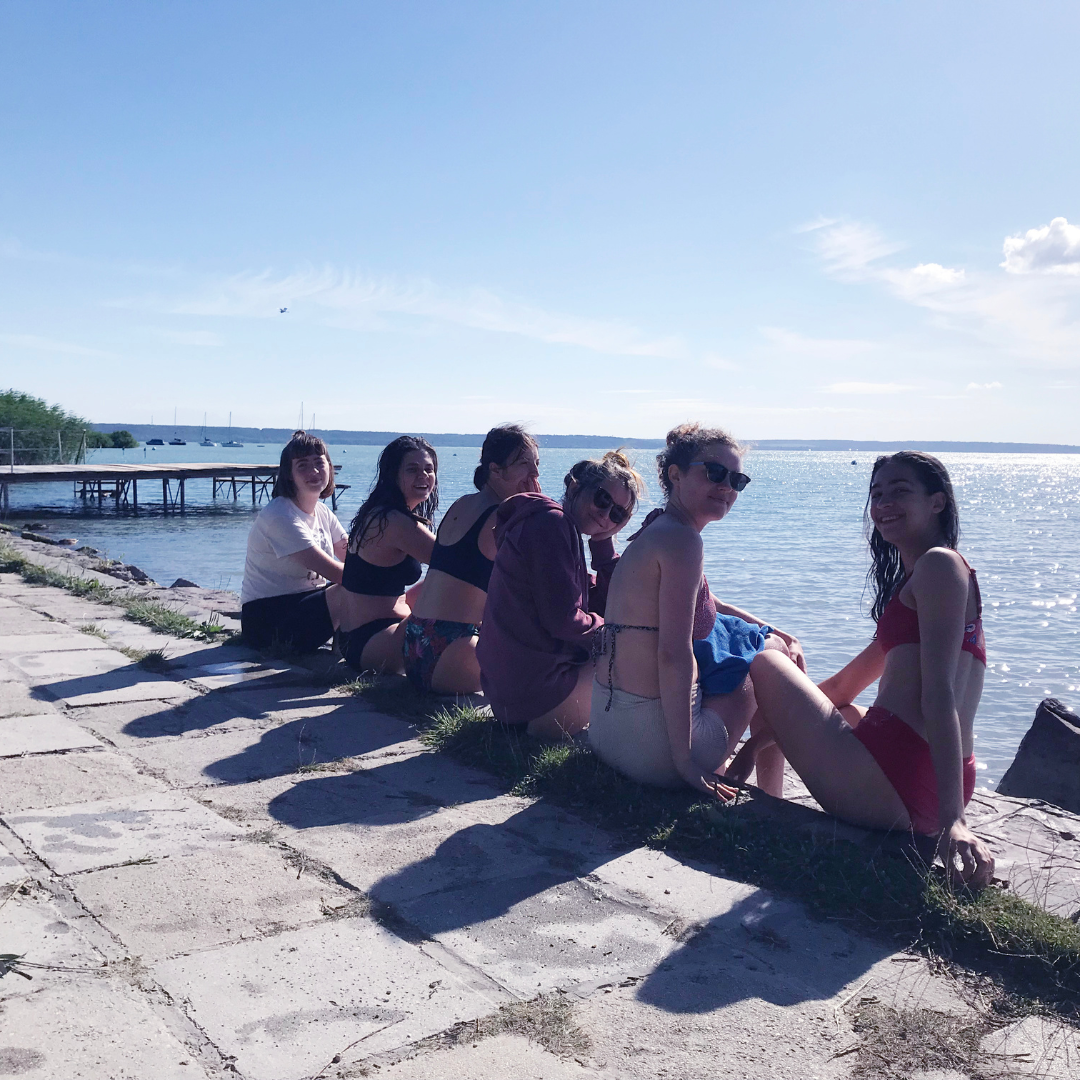|
When an artist creates a series of photographs, a painting, or even a performance piece, she typically refers to it as an "artwork." However, when the same artist creates something living that addresses community, social, or political issues, it's often termed a "project." This classification remains significant whether the creation has a material dimension (such as a performance that lacks physical form) or lacks a price tag (as with land art or public space interventions). Why is classification, nomenclature, and naming crucial when challenging categories, boundaries, and hierarchies across genres? What lies behind this naming mechanism?
Community projects operate with a radical artistic language and form, deeply rooted in reality with a concrete and tangible impact. Unlike object-based art, a community project can straightforwardly answer questions like "what is this about?" or "what is the purpose?" Although its language might be abstract (as in dance), its intention remains clear and understandable. In many respects, community art is more democratic than other art forms; it avoids speaking in cryptic messages to a privileged segment of society and instead "grounds" itself in everyday life. Perhaps this simplicity and accessibility are precisely why it's excluded from academic and institutional discourse. Community art possesses genuine substance, asserts interests, and has a tangible impact at both individual and societal levels. It stands as one of the few art forms today that is liberated in its thinking, effective in its methods, and a threat to established power structures.
0 Comments
Leave a Reply. |
Author"Born in Budapest (Hungary) in 1983, I graduated from the ENSAPC Art School (France) in 2016. As an artist, researcher, and community activist, I harness the power of art for connection, education, and activism. My practice spans various mediums, including image, object, and performance. I create full-length visual and dance performances, short-format pieces, and immersive experiences, while also creating spaces for non-formal education outside of traditional academic heritage. Over the past two decades, I've founded the School of Disobedience, established my own performance art company (Gray Box), and launched the annual Wildflowers Festival. I embrace everything unusual, unexpected, and nonconformist. I am not kind with assholes and have learned to forge my own path. I am here to guide you in thinking outside the box and achieving independence. To me, the real party is outside the confines of the established canon." Archives
July 2024
Categories
All
|

 RSS Feed
RSS Feed